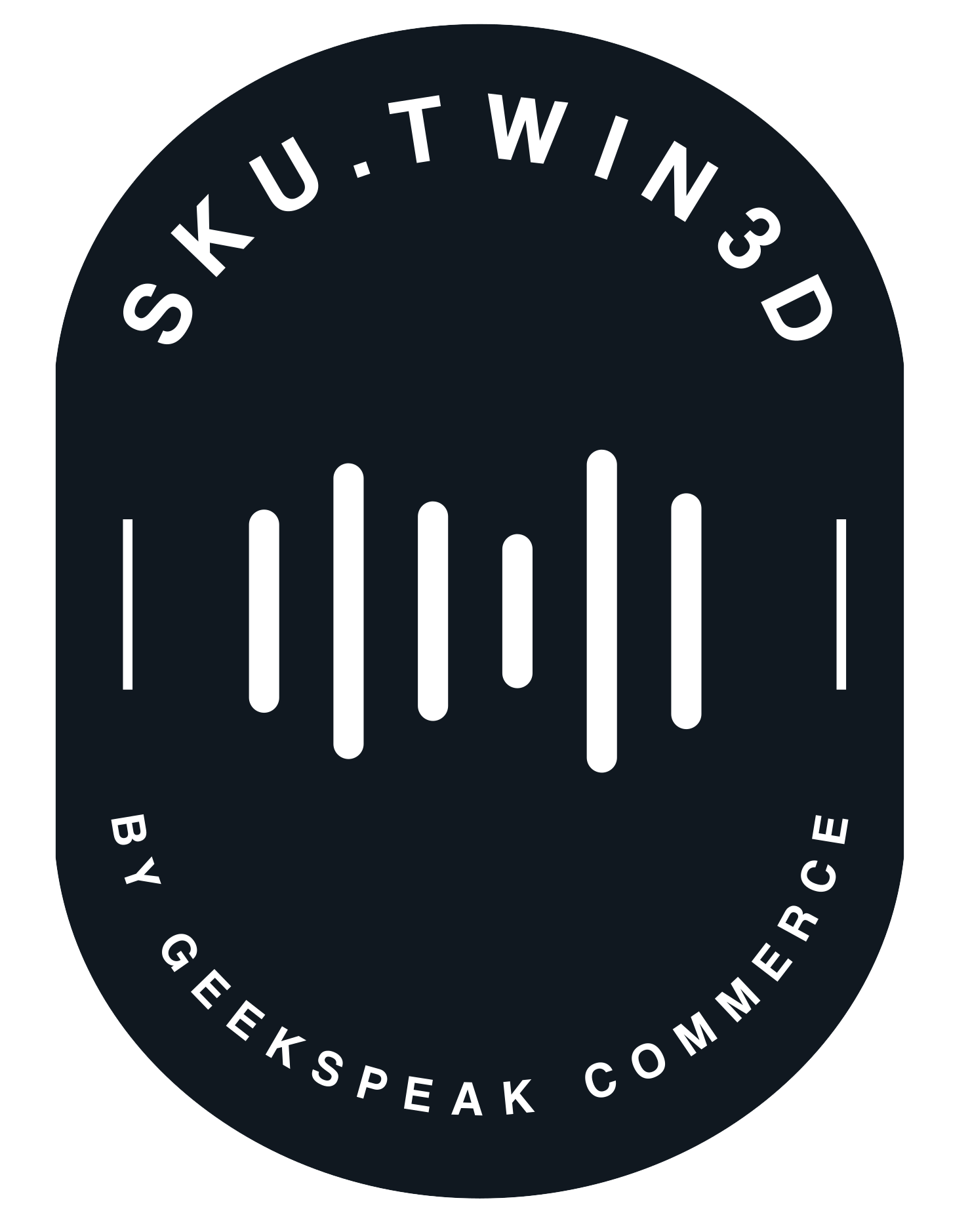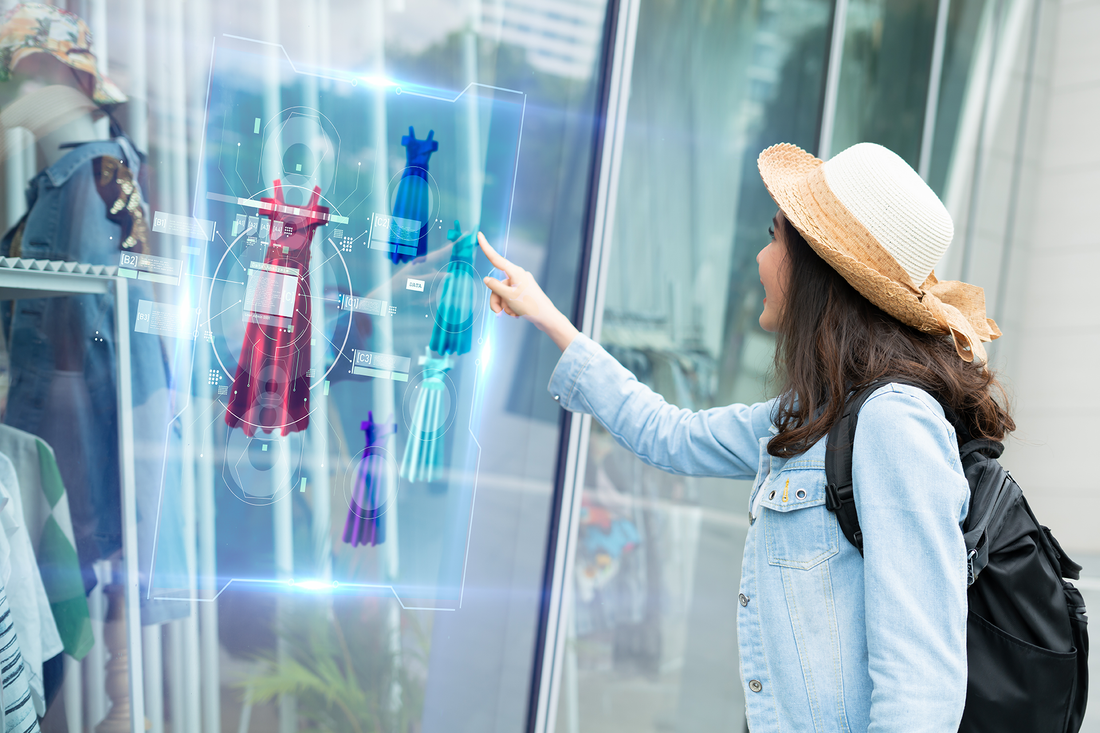In an era where online shoppers are constantly seeking unique experiences and products, personalization has emerged as a key differentiator for brands. 3D rendering technology is at the forefront of this evolution, enabling e-commerce platforms to offer real-time product customization, elevating the user experience to new heights. This blog explores the transformative power of 3D rendering in the world of personalized online shopping.
- The Dawn of Digital Personalization
- Historical Overview: From the simplicity of monograms on accessories to selecting color variations online, customization has long been a part of the shopping experience. But the digital age has dramatically expanded its horizons.
- Consumer Expectations: Today's consumers don't just want a product; they want something uniquely theirs, an item that aligns with their personal style and preferences.
- Unpacking 3D Rendering
- Defining the Concept: 3D rendering involves converting 3D digital models into 2D images or animations. These representations are so detailed and lifelike that they enable shoppers to visualize products with incredible clarity.
- Behind the Scenes: From intricate modeling to applying textures and lighting effects, 3D rendering brings products to life, allowing for extensive customization options in real-time.
- Advantages of Embracing 3D Rendering in E-commerce
- Instant Gratification: As consumers tweak product features, 3D visuals update in real-time, offering immediate feedback and satisfaction.
- Increased Engagement and Sales: The interactive nature of 3D customization holds users' attention, translating to longer site visits and, often, higher conversion rates.
- Minimized Returns: Providing a detailed, realistic preview of personalized products aligns consumer expectations with reality, leading to fewer returns.
- Real-World Applications and Success Stories
- Fashion: Brands offering customizable apparel, where users select fabrics, colors, and design elements, watching their creations evolve on screen.
- Furniture and Home Decor: Shoppers personalize furniture dimensions, materials, or finishes and visualize their choices in lifelike room settings.
- Jewelry: Custom design experiences where buyers select metals, stones, and styles to create one-of-a-kind pieces.
- The Synergy of 3D Rendering and Augmented Reality
- A Holistic Experience: Beyond just customizing a product, AR lets users see how their personalized items will look in real-life settings, be it a custom sofa in their living room or a unique necklace around their neck.
- Enhanced Purchase Confidence: With a comprehensive view of products in actual environments, customers can make informed decisions, reducing uncertainty.
- What Lies Ahead: The Future of 3D Personalization
- Sensory Enhancements: Upcoming innovations might integrate tactile feedback, allowing users to "feel" product textures virtually.
- Collaborative Customization: Social integrations could emerge, where users co-create products with peers, making shopping a more communal, shared experience.
3D rendering is revolutionizing e-commerce personalization, bridging the gap between consumers' desires for unique products and brands' capabilities to offer them. As technology continues to evolve, the possibilities for tailored shopping experiences are bound to expand, promising a future where every online shopper feels catered to in the most personalized way.
Interested in harnessing the power of 3D rendering for personalized shopping experiences? Reach out to us today.

